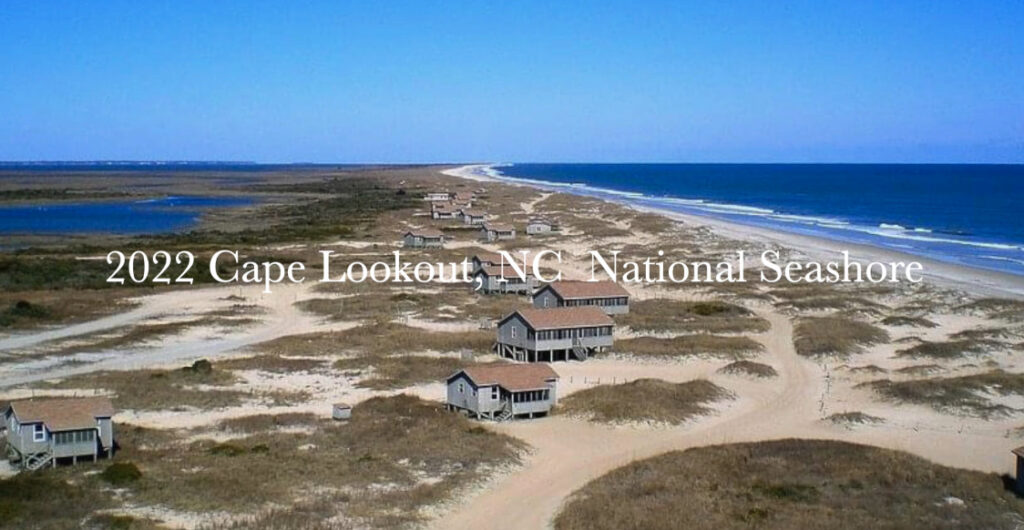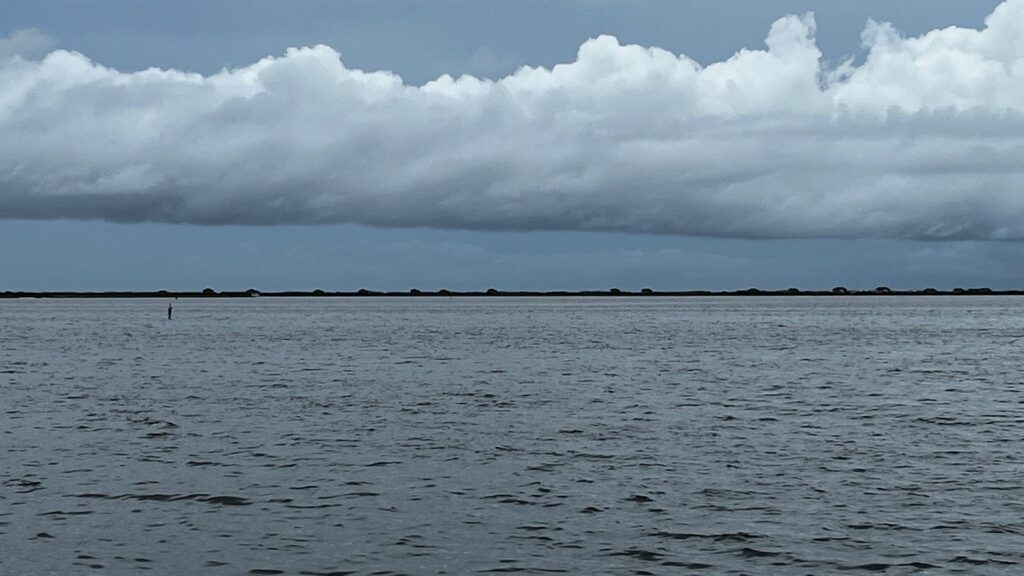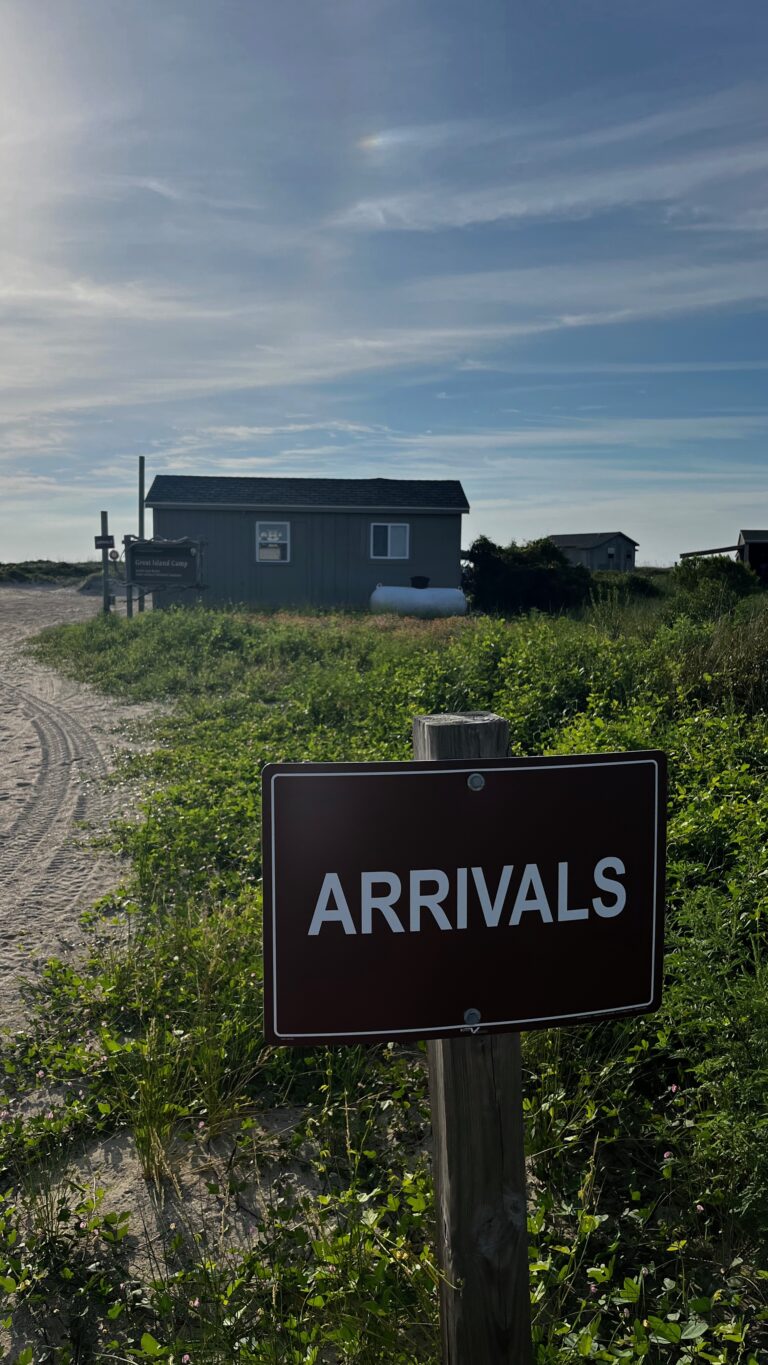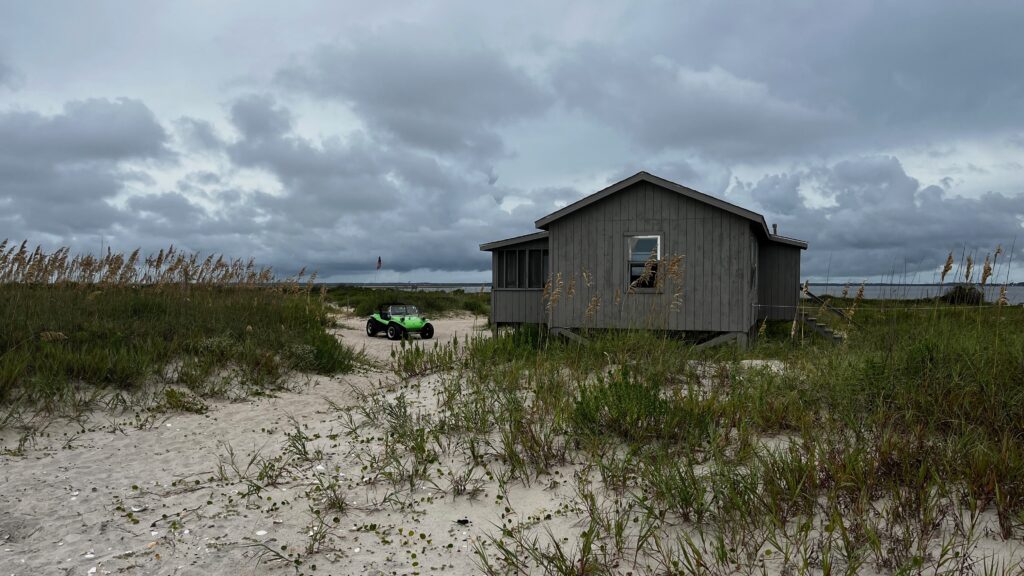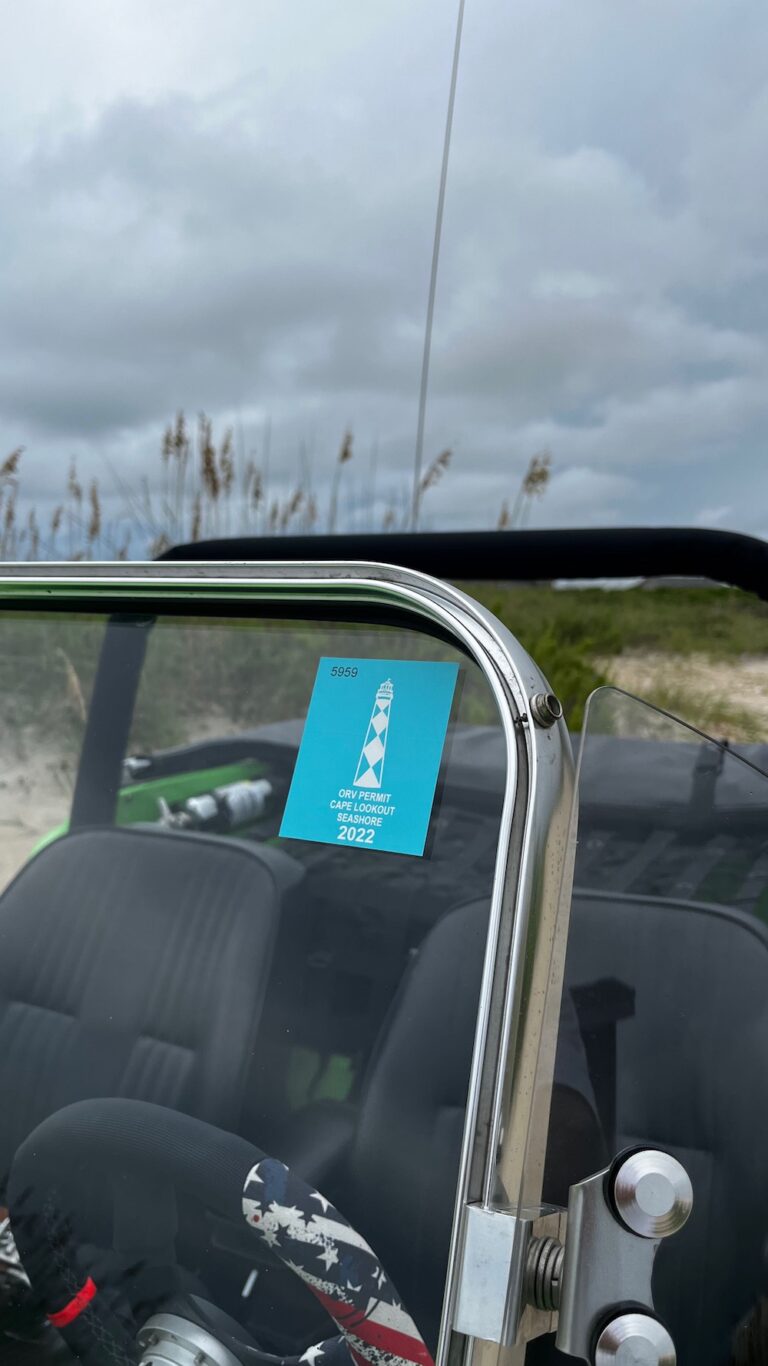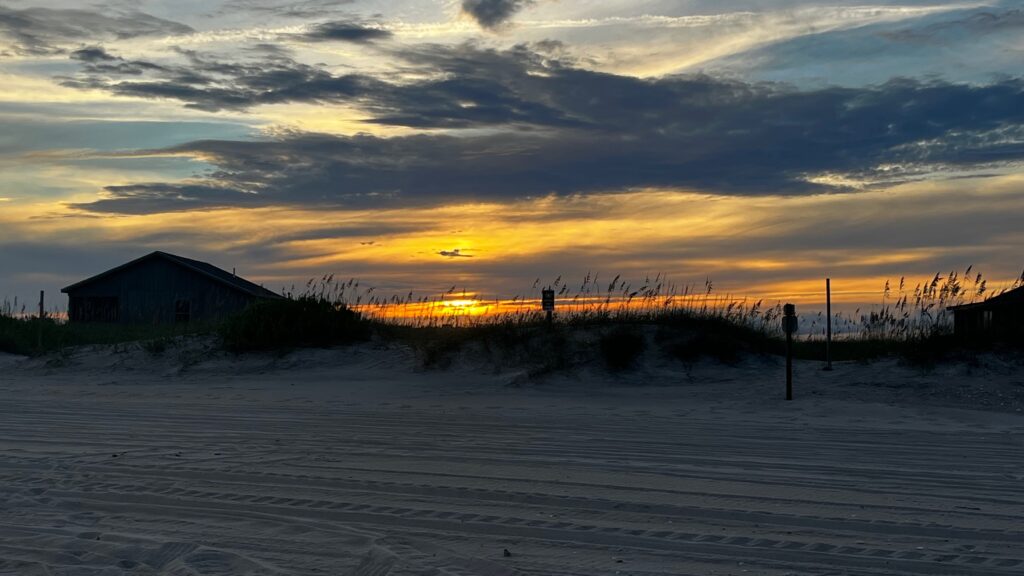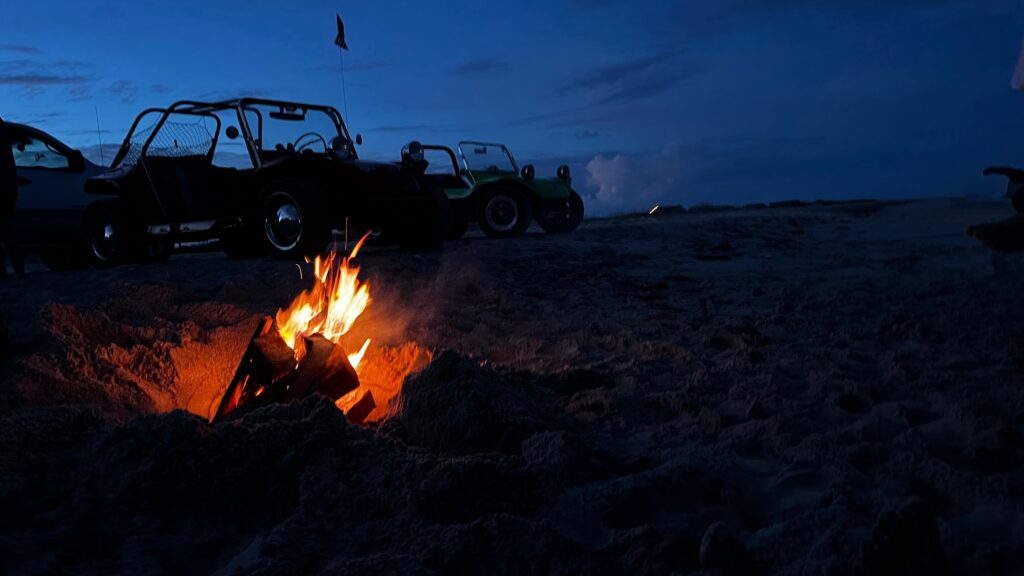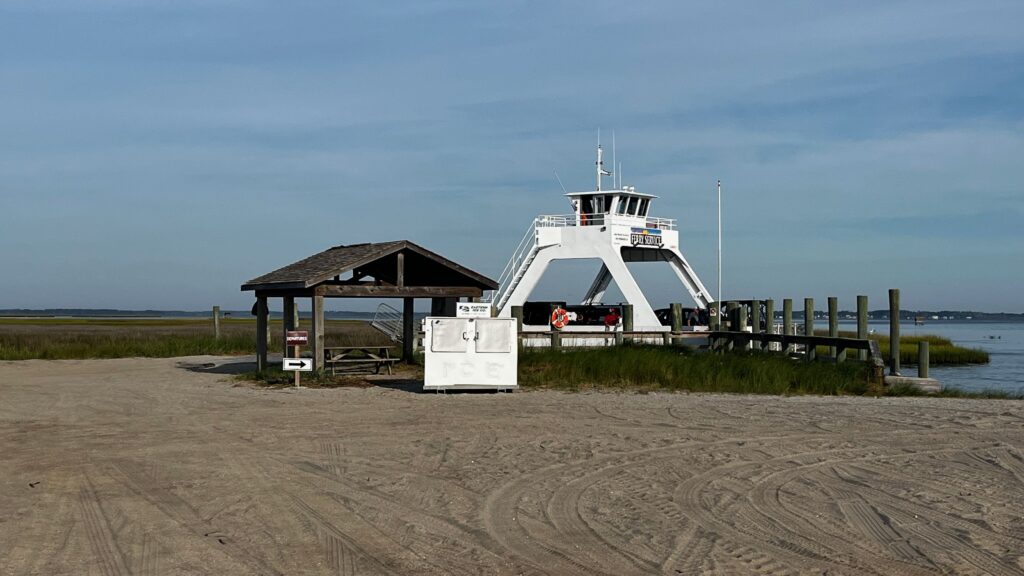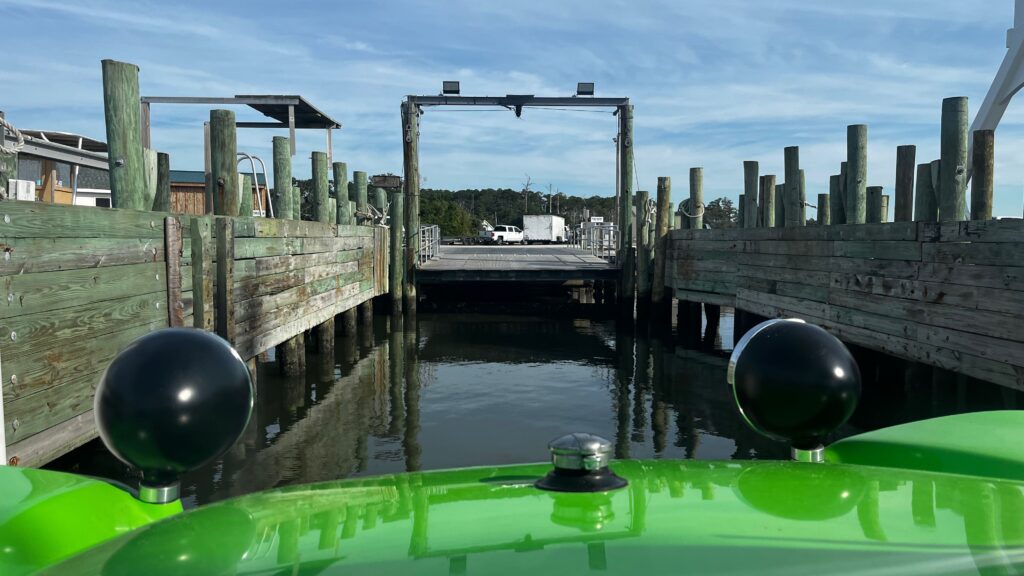The Outer Banks Less Traveled
Published by andy burger on
The Outer Banks Less Traveled
What it takes to drive your off-road vehicle on the beach areas.
Overview of Beach Driving & ORV "Off-Road-Vehicle" areas
I first drove my dune buggy on the beaches in the Outer Banks in 2017 in Corolla / Carova – the northern most parts of the Outer Banks in North Carolina. I was hooked – absolutely hooked and immediately afterwards, completely changed my dune buggy setup to be more off-road in nature for my next visit which came quick 🙂 I have been to the Outer Banks many many times since driving on beach areas in Corolla all the way North on beach Highway 12 to the Virginia border and back. I have driven in the sand bowls behind the beaches in Corolla and to the top of Penny’s Hill a couple of times. Some of my most memorable experiences in my dune buggy is driving in Corolla when the time is simply perfect, the weather is amazing, and my wife is with me.
However, as everyone knows, when you stay in Nags Head, Kill Devil Hills, etc. getting a quick trip to beach drive in Corolla is a time-consuming planned event. It takes a while, 45 minutes at least and that’s generous, to make it to the 4×4 area and you are totally dependent on “tides”, you can NOT be driving on that beach area when high tide conditions or near high tide conditions exist. In 2021 we spent a week in Corolla in a rented house about ¼” mile from the 4×4 entrance and were able to experience that area in the buggy every day when the tides were good.
But, In October of 2020. I was introduced to driving my dune buggy on the ORV – “Off Road Vehicle” areas/sand in the Outer Banks. A Paid “Cape Hatteras National Seashore Off-Road-Vehicle permit” is required for driving on the beaches below Nags Head. This opens an entirely different experience for vacationing possibilities. While staying in Nags Head, KDH, with an ORV pass, your first area to enter the beach is less than 20 minutes away at Coquina Beach.
Understanding Ocean Tides
Why are tides important…. An avid boater for my adult life on intracoastal, bay and sound areas as well as the Atlantic ocean, knowing how much water your boat drafts (how deep in the water is your hull under a normal fuel/passenger load) dictates where you can navigate outside of normal boating channels. When its high tide, you can go more places than when its low tide, but understanding tide conditions and tide swing is key in not grounding out your boat bottom and/or destroying a prop. It’s always better to boat during high tides, more water to navigate and boating areas are deeper.
But, for driving on the beach, It’s just the opposite (you want to look for lower tide conditions), in low tides, the Ocean is lower, farther out and usually less currents, exposing more of the beach area – during low tide times (you’ll experience better driving, more beach area, more hard pack sand) – but my most important statistic is to watch is the “Tide Swing” range between high and low tides of the ocean height. On each tide chart you look at, it will display the height of the tide next to the time it occurs. The distance between the low tide height and the high tide height is the “Tide Swing” for that specific day. The higher the tide swing, the more higher the ocean rises during high tide conditions.

Knowing the Outer Banks Geography and Driving
The geographic uniqueness of the Outer Banks, North of Hatteras is primarily the Atlantic currents, South of Hatteras is primarily the Gulf currents – and that makes a difference. The tide swing in the northern part of the Outer Banks averages about 4 feet every day can be up to 5 feet at times. This means that the difference between low tide and high tide can be 5 feet of Ocean and that 5 feet can sometimes go so high, that you can be locked out of the Corolla areas until the tides lower, less of the beach is exposed and you must drive in the top areas, deeper sand and ruts. The moon condition, winds, and storms offshore affect this up and down as well sometimes a foot or more in swing.
As you go farther south, not only does the beach areas get wider with more accessible area, but the Gulf current mixes more with the Atlantic waters, there are more sand shoals breaking up the waves off-shore – on the OBX chain at these areas the tide swing is lower as you go south. It starts to be much less by the time you get to Oregon Inlet, then to Hatteras, then its lowest in Ocracoke. I’ve seen tide swings on Ocracoke no more than 1 foot between high and low tides. This means “Tides Really Don’t Matter” on many of the ORV areas from Oregon Inlet and to the south. At the Coquina Beach access (Across from Bodie Light House), you can enter and drive to the end/tip of Oregon Inlet as your first experience in the ORV areas of the OBX. Those beach areas are wider and the Oregon Inlet tide swings are usually about 2 feet from high to low – again ORV access on Oregon Inlet – “Tides Really Don’t Matter” when you get access to the area with your buggy, morning, mid-day, evening, night. It’s always best to hit it on a lower tide time, but you can hit it at its highest and still have plenty of driving and sand to lounge in. Again, in Corolla, you really can’t be out there at high tides ranges.
My experiences driving on the sand in the Outer Banks. Air Down…. My personal experience (my personal experience and not a recommendation) in driving on all beach areas, I do NOT air down my front tires, I only air down my rears. I have larger tires (75 profile), and my air-down pressure is at 14 pounds and I’m good, but I drive with that air pressure all of the time anyway. If you have a lower profile tire (60 or less), suggest you air down rears to below 10 pounds. The national seashore services suggest “Air down don’t be a clown” 18 pounds or less.
Keeping in motion is key if you are in an unknown area, 5mph to 15mph you may never get out of second gear in a lot of places – keep your rpm’s above idle as much as you can and keep your front tires straighter on the sand long looping turns. If you are stopped and need to turn, go straight first; trying to turn from a stopped position could bury your front tires into the sand…. but once you start off straight, get your momentum going then turn to get to where you are headed. If needed, pass your turn, loop around and keep your momentum. If you do have to come to a full stop, search out a flatter less soft sand area just to be safe.
Of note, I’ve only been stuck in the sand driving, in Corolla in the top part deep ruts waiting on on-coming passing traffic when forced to be above the water line. I’ve never been stuck in the ORV areas. Again, I started driving in the ORV areas after I was much more comfortable, but I’ve noticed that the ORV areas are less chopped up than the Corolla areas not directly on the water line. There are more cars chopping up the sand in Corolla than in the ORV areas. There seems to be more top sand in the ORV areas, but its easily navigable. As you get closer to the water line, it’s the same feeling as the best days in Corolla during low tides. Navigating ORV areas, its raw, different, and new each time.
Heading South to Cape Lookout (the Outer Banks)
So, this year, a small group of us decided to travel to another island area on the OBX Chain south of Ocracoke. Our goal was to see if this could sustain an organized buggy event for folks wanting to drive ORV the entire time. We went to the Cape Lookout National Seashore. Cape Lookout Island is two islands below Ocracoke, and roughly 25 miles long. Only accessible by boat/car ferry, there are no stores, no paved roads, nothing but a beautiful area to visit. We went when low tides were afternoons for the best experience- it didn’t seem to matter, but what we found out was something so much more valuable….
The trip started days before, but to get access to the Southern part of the Outer Banks and the Cape Lookout Island areas, we left the mainland from Davis, North Carolina. At this launch point, there is a ferry from the Cape Lookout Camps and Cabins facility. Here is where you rent your cabins (reservations in advance) as well as pay for your vehicle (length) and how many passengers you have going over to the island.
For our buggy and two passengers, the ferry and trip cost was $116 round trip and that included everything we could pack on top or in the buggy. A cabin for the two of us (a cabin that could sleep 8 people), was $155 per night = $465.00 for the 3-night stay. A $50 dollar Cape Lookout National Seashore Off Road Vehicle pass that is good from March 11th -December 31st completed the hard expenses. Note, this pass is different than the Cape Hatteras pass that you buy from Ocracoke north.
As for driving on the ferry with all of our stuff, well, my wife walked onto the ferry because we had items packed in the passenger seat of the car, I drove onto the ferry and we were off on a 30 minute journey across the sound to the island.
What waits you on the island 🙂
Departing the ferry and arriving to the check-in point on the island, you are greeted by park rangers at the entry way cabin. This is like “main street” island. A small building open 8am to 3pm with ice and fuel purchases if needed, trash/dumpster areas, etc. – Ice is critical each day. But, here is where you show your receipt for the Off-Road-Vehicle pass that you purchased prior to arriving on the island and they affix a sticker to the top right of your windshield for the vehicle registered to be on the island. You pick up your keys to the cabin you rented and off you go. The roads on the island are all sand, but surface soft, there is hard pack dirt underneath and at no time did the buggy feel like it would be stuck. You could stop and start whenever, with little wheel spin if any.
Arriving to your cabin is just like pulling into any beach resort. Each cabin has a small parking area, an outside grill and steps to a screened porch. Upon entering your cabin, you note a sparse open area inclusive of the kitchen and sleeping area. A single large room holding 4 bunk beds a large table and 8 fold up chairs. A sink with hot/cold running water, propane stove and oven, kitchen counters, cabinets and shelves are there. A separate bathroom with running water, sink/mirror/shelf, toilet, and stand up shower is adjacent to the kitchen. There is NO Electricity, nor Refrigerator. There are lots of windows in the cabin with screens – so you can open the windows and get the ocean breeze through the entire structure.
For the 4 days / 3 nights, we took over 4 coolers with various food / beverage items packed solid with ice and that ice was refreshed each morning from the store area on the check-in point. $3 dollars for a 10 pound block of ice, or $4 dollars for a 10 pound bag of cubed ice (payable only with credit card, no cash).
Cell phone service was active, ranged from the mainland still, 2 bars only, but you could make calls and access the internet if needed.
Unpacking and Relaxing
Immediately when you start to unpack, you notice a lot of flying and crawling bugs. Get used to them. But, there is a plan. We took a bug fogger and bug spray with us, if you can find sunscreen with bug spray included, that will be good too.
Prior to unpacking though we fogged the entire perimeter of the cabin, around the dune buggy, the porch area, and we sprayed the screens from the inside to the outside. This most definitely is needed. The bugs are alarming away from the ocean itself, but again, bug spray keeps them in check. If you are a bug-phobic person, you’ll struggle. However, by the end of the trip you may be feeding a crawling critter that you have come to love and admire 😊
But once you are ready to relax, literally walk 25 yards to the nicest beach you may experience in your lifetime. You can’t drive direct from your cabin to the beach, but there are beach roads all over the cabin area that are ingress/egress points to take your buggy down to the water line.
Packing up and Leaving Paradise
This is bittersweet. You have come to enjoy no electricity, little to no phone service, the smell of bug spray, and no conveniences other than running water and Ice. You pack up your garbage and drop it off to the bins at “main street” – pack up your buggy and meet the ferry to take you back to the mainland.
That’s about it. For 4 days you have driven over 100 miles of pristine beach and sand roads, sit in the calmest warm ocean waters at the tip of the point at Cape Lookout, searched for sea shells, watched dolphins, sunrises and sunsets; you have eaten every meal outside with friends, hung out with your dune buggy the entire time, burned a lot of firewood on the beach, and simply recharged your internal batteries. Until next year.

